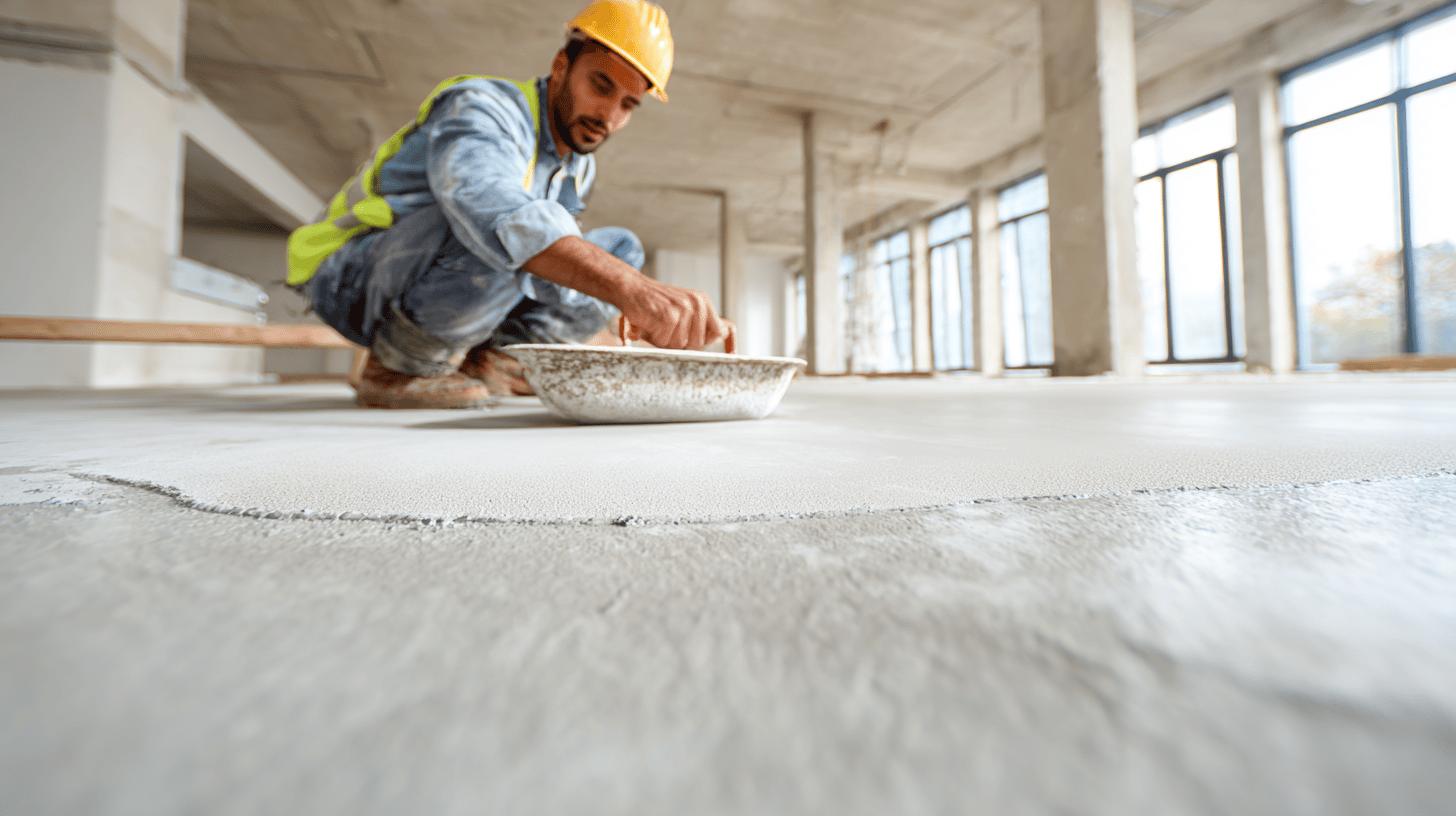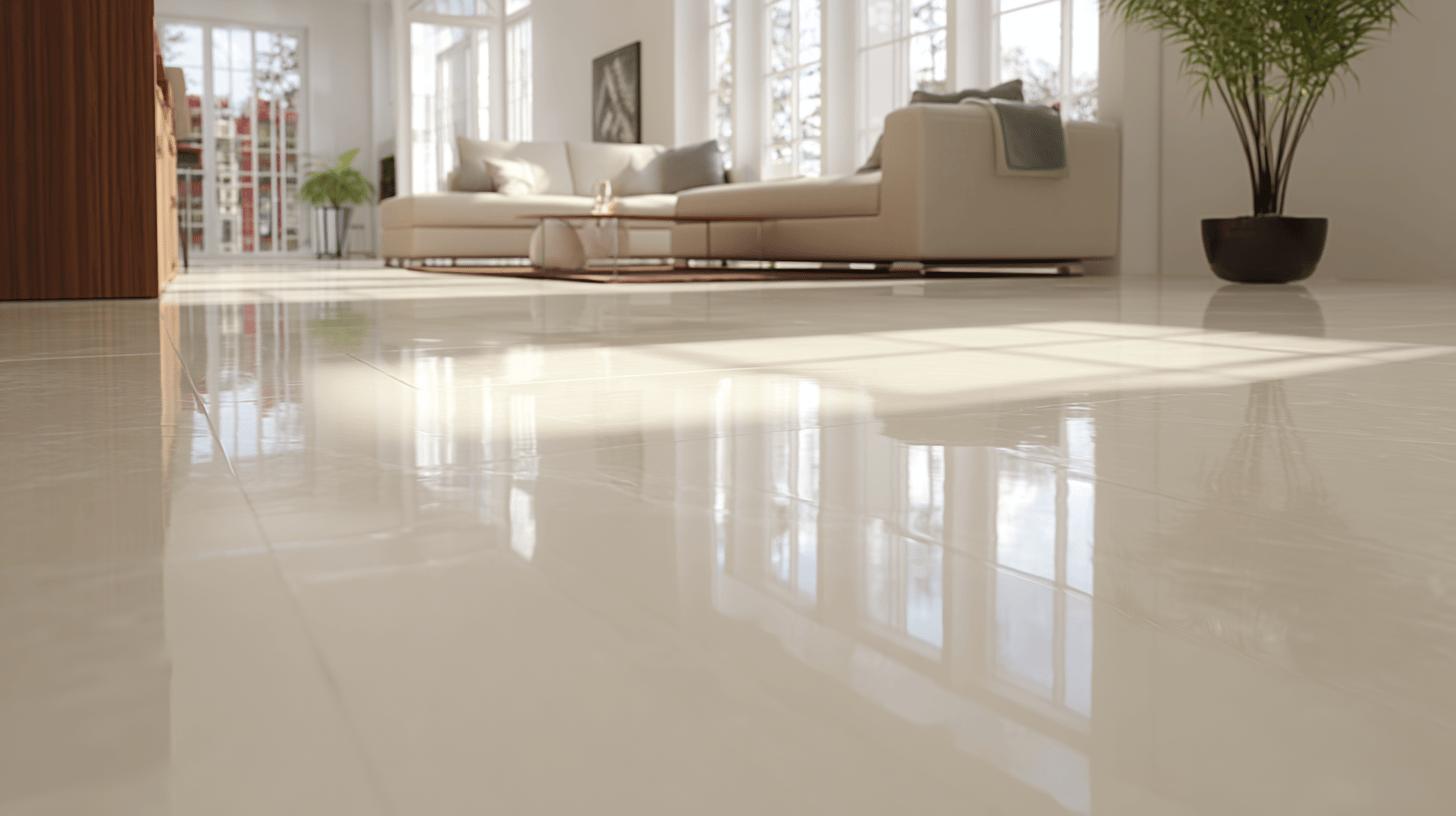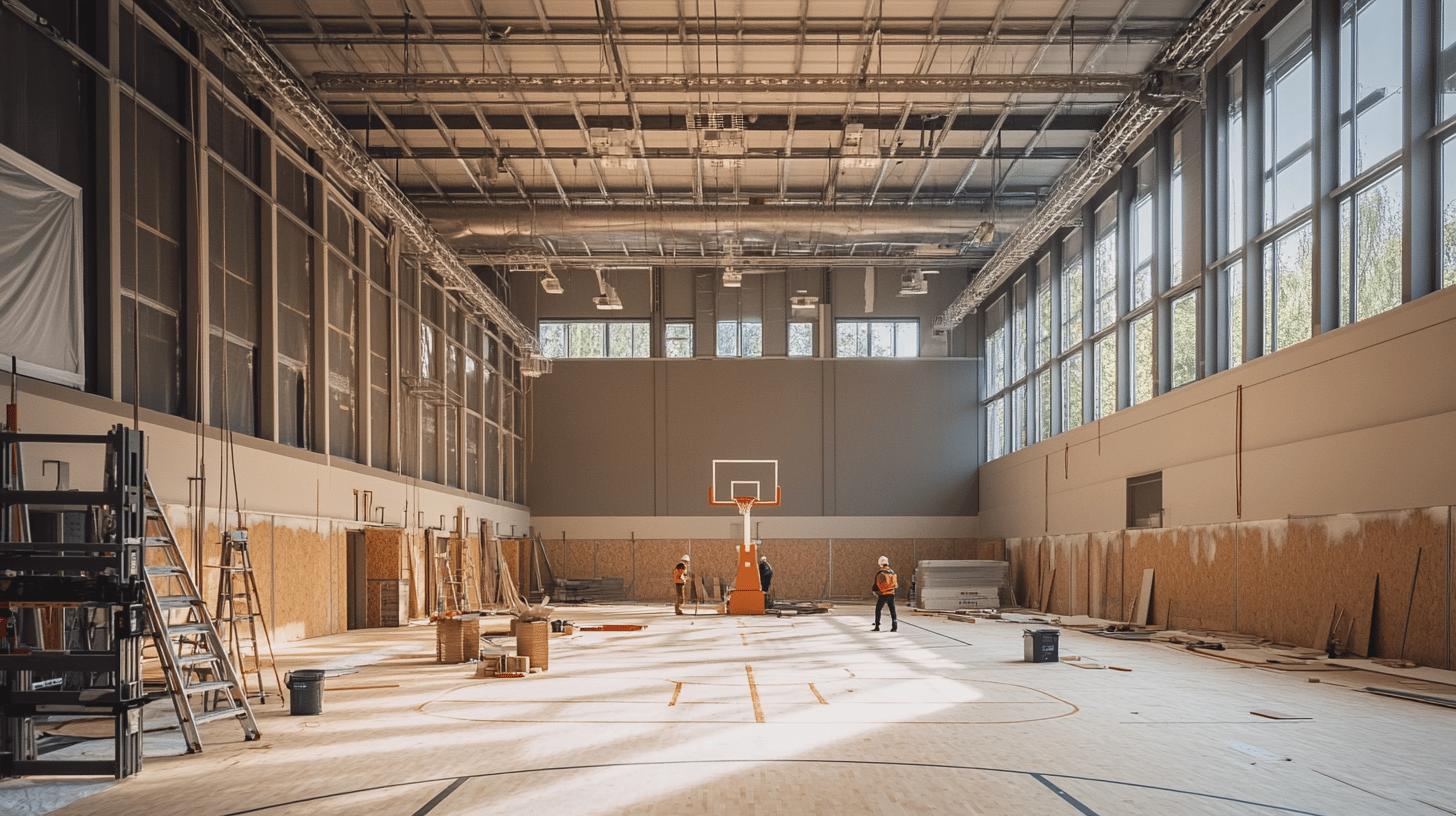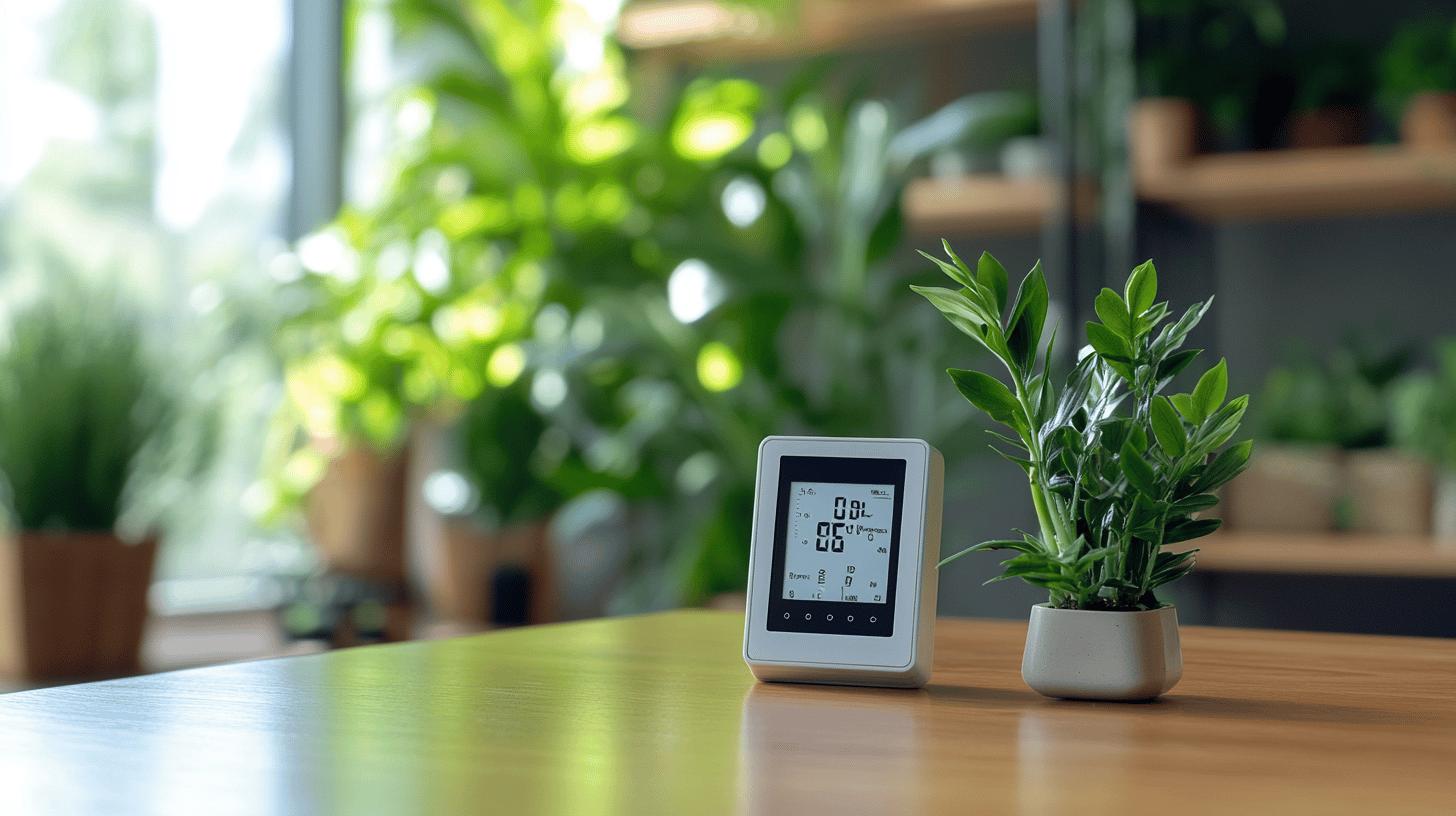Ever wondered how to achieve the flawless finish necessary for professional-level sports halls? Self-levelling compounds might just hold the answer. Purpose-built with a blend of cement, polymers, aggregates, and additives, these compounds form the indispensable foundation beneath seamless polyurethane (PU) floors. Their role in floor preparation is akin to a canvas primed for masterpiece creation, ensuring unmatched smoothness and durability. In this exploration, discover how self-levelling compounds not only perfect the base of PU floors but also elevate the entire flooring process to a new standard of excellence.
Understanding Self-Levelling Compounds for Flooring
Self-levelling compounds are specialised floor preparation materials crucial for achieving a smooth and even base before the installation of seamless PU floors. These compounds are engineered to flow and level themselves on a variety of substrates, eliminating irregularities and imperfections. Composed of cement, polymers, aggregates, additives, and water, they offer high performance, workability, and durability. Their primary purpose is to create a flawless surface essential for optimal adhesion and functionality of the final floor covering, ensuring longevity and aesthetic appeal.
- Cement: Provides strength and structure.
- Polymers: Enhance flexibility and adhesion.
- Aggregates: Offer bulk and stability.
- Additives: Improve performance and workability.
- Water: Activates the compound and facilitates flow.
.
The role of self-levelling compounds in floor preparation cannot be overstated. These compounds are essential in correcting uneven substrates, filling minor imperfections, and providing a uniform surface. This uniformity is critical for the successful application of seamless PU floors, as it ensures even distribution and adhesion of the flooring material. Without a smooth base, the final floor covering may be prone to defects, reducing its performance and lifespan. Therefore, the use of self-levelling compounds is an indispensable step in the flooring preparation process, directly impacting the quality and durability of the finished surface.
Types of Self-Levelling Compounds for PU Floors
Self-levelling compounds are essential for creating the perfect base for seamless PU floors. Various types of these compounds are available, each tailored to specific environmental conditions and flooring requirements. Selecting the right compound is crucial for ensuring the optimal performance and longevity of the flooring system.
Water-Based Compounds
Water-based self-levelling compounds are particularly suitable for environments with moderate moisture exposure. These compounds are easy to apply and cure relatively quickly, making them a popular choice for residential settings. Their composition allows them to flow smoothly, ensuring an even surface that is ideal for the subsequent application of PU floors.
Latex-Based Compounds
Known for their flexibility and strong adhesion, latex-based compounds are highly effective on a variety of substrates. They are particularly beneficial in areas where substrate movement is expected, as their elasticity accommodates slight shifts without cracking. This makes them an excellent choice for older buildings or structures with wooden subfloors.
Epoxy-Based Compounds
Epoxy-based self-levelling compounds are designed for high-traffic areas that require enhanced durability and chemical resistance. These compounds provide a robust and seamless surface that withstands the demands of industrial and commercial environments. Their superior strength and resistance to wear make them ideal for warehouses and factories.
Polymer-Modified Compounds
Polymer-modified compounds offer enhanced durability and are highly compatible with PU floors. These compounds incorporate polymers that improve adhesion and flexibility, making them suitable for both residential and commercial applications. They provide a strong base that supports the long-term performance of PU flooring systems.
Fast-Setting Compounds
Fast-setting compounds are perfect for projects with tight timelines, as they cure rapidly, allowing for quicker progression to the next stages of flooring installation. These compounds are ideal for time-sensitive projects where minimal downtime is essential, such as retail spaces and office renovations.
Benefits of Using Self-Levelling Compounds for Seamless PU Floors

Self-levelling compounds offer numerous advantages when creating a base for seamless PU floors. These compounds are designed to flow and settle of their own accord, forming a smooth and level surface. This uniformity is crucial for the even application of PU flooring, which relies on a flawless base to ensure optimal adhesion and performance. Additionally, the rapid application and setting time of self-levelling compounds make them a practical choice for projects with tight deadlines, allowing for quicker progression to subsequent stages of flooring installation.
- Uniform surface ensures even application of PU layers.
- Rapid setting time accelerates project completion.
- Compatible with diverse substrates like concrete and wood.
- Enhances the durability and longevity of PU floors.
.
The use of self-levelling compounds significantly enhances the overall performance and aesthetics of seamless PU floors. By providing a stable and consistent base, these compounds help prevent common flooring issues such as bubbling or peeling, which can occur when the substrate is uneven. The compatibility with various substrates ensures that they can be used in a wide range of environments, from residential to industrial settings. Ultimately, the durability and longevity imparted by a well-prepared base mean that the PU floor can withstand heavy foot traffic and wear over time, maintaining both its functionality and visual appeal.
Application Process of Self-Levelling Compounds for PU Floors
Proper application of self-levelling compounds is crucial for achieving an ideal base for seamless PU floors. The process ensures that the substrate is perfectly prepared, providing a smooth and even surface that enhances the performance and longevity of the flooring system. Adherence to each step is necessary to maximise the compound’s effectiveness and to prevent potential flooring issues.
- Clean and prepare the substrate.
Begin by thoroughly cleaning the substrate to remove dust, debris, and any contaminants that could affect the adhesion of the self-levelling compound. - Apply primer if necessary.
Priming the substrate is essential in cases where additional adhesion is required, particularly on porous surfaces, to ensure the self-levelling compound bonds effectively. - Mix the compound to the correct consistency.
Follow the manufacturer’s instructions to mix the compound accurately. Achieving the right consistency is vital for the compound to flow and level correctly. - Pour the compound onto the surface.
Carefully pour the mixed compound onto the prepared substrate, ensuring even distribution across the intended area. - Allow it to spread naturally.
The compound will self-level due to gravity. Ensure it covers the surface uniformly without manual intervention, as this can disrupt the levelling process. - Ensure proper curing time.
Allow sufficient curing time based on the manufacturer’s guidelines. Proper curing is essential for the compound to achieve its full strength and performance characteristics.
.
Environmental Considerations
Temperature and humidity play a significant role in the application and curing of self-levelling compounds. High temperatures can accelerate curing, potentially leading to uneven surfaces or improper bonding. Conversely, low temperatures may slow the curing process, resulting in inadequate hardening. Humidity levels can also impact the compound’s flow and adhesion, making it crucial to monitor and control environmental conditions during application.
Adhering strictly to the manufacturer’s instructions is paramount in ensuring a successful application of self-levelling compounds. These guidelines are tailored to each product’s specific requirements and account for variables such as mixing ratios, application methods, and curing times. By following these instructions meticulously, installers can achieve the optimal base for seamless PU floors, ensuring durability and aesthetic excellence.
Challenges and Solutions in Using Self-Levelling Compounds
Using self-levelling compounds presents several challenges that can impact the quality of the final flooring. One common issue is ensuring the correct mixing ratios. Precision in mixing is crucial, as incorrect ratios can lead to poor flow properties and ineffective levelling, compromising the integrity of the floor. Environmental conditions, such as temperature and humidity, also play a significant role in the application process. These factors can affect the curing time and the compound’s ability to level properly. Furthermore, adhering to manufacturer guidelines is essential to achieve the desired performance and durability, as these instructions are tailored to the specific formulation of each product.
- Ensure precise mixing ratios and consistency.
- Adapt to environmental conditions like temperature.
- Follow manufacturer instructions meticulously.
.
Selecting reputable brands and high-quality products is vital to overcoming the challenges associated with self-levelling compounds. Well-established brands invest in research and development to create formulations that are easier to use and more forgiving in varied environmental conditions. They also provide comprehensive guidelines and support, enabling users to achieve optimal results. Consulting with experts during the planning and application stages can further ensure that the chosen products are suitable for the specific project requirements, ultimately enhancing the longevity and performance of the seamless PU floors.
Case Studies: Successful Installations of Seamless PU Floors

Case studies play a crucial role in illustrating the practical benefits and effectiveness of self-levelling compounds in creating seamless PU floors. By examining real-world applications, we can better understand how these compounds can transform various environments, ensuring both aesthetic appeal and functionality.
Case Study 1: Residential Setting with Uneven Concrete Floors
In a residential project, the challenge was an uneven concrete floor that required a smooth and visually appealing finish. The use of self-levelling compounds provided a flawless base, allowing for the seamless installation of PU flooring. The homeowner faced the issue of slight depressions and variations in the existing substrate. By applying self-levelling compounds, the surface was expertly levelled, resulting in improved aesthetics and enhanced durability. This transformation not only uplifted the visual appearance of the home but also ensured a resilient flooring solution for daily wear and tear.
Case Study 2: Commercial Environment Requiring Chemical Resistance
A commercial facility required a flooring solution that could withstand heavy foot traffic and exposure to chemicals. The project involved using self-levelling compounds to create a level and robust foundation for PU floors. The primary challenge was ensuring the floor’s resistance to spills and chemical exposure while maintaining its durability over time. By leveraging self-levelling compounds, the installation team achieved a seamless floor transition that exhibited enhanced longevity and performance. The resulting PU floor offered excellent chemical resistance, making it an ideal choice for the demanding commercial environment.
These case studies underscore the importance of correctly applying self-levelling compounds to achieve optimal results in both residential and commercial settings. The lessons learned highlight the adaptability of self-levelling compounds to different environments and their role in enhancing the performance and appearance of seamless PU floors. Such real-world examples demonstrate the compounds’ potential to address specific flooring challenges effectively.
Final Words
Diving straight into the nuanced world of self-levelling compounds, their essential role in preparing flawless substrates for seamless PU floors has been explored. The various types each offer unique benefits, catering to different installation requirements whilst ensuring consistency and durability. In ensuring optimal results, attention to proper application and environmental considerations is crucial. For those seeking a perfect finish, these compounds indeed lay the foundation. Harnessing their potential can transform spaces, providing not just a base, but the perfect platform for seamless PU floors.
Get levelling advice → Sports Hall Flooring Installations
FAQ
What is the best self-levelling floor compound?
The best self-levelling floor compound depends on your specific requirements, such as the environment and substrate type. Consider factors like durability, flexibility, and setting time to determine the most suitable option.
Do you PVA floor before self-levelling?
Using PVA (polyvinyl acetate) as a primer prior to self-levelling is not typically recommended. Instead, employ primers specifically designed for enhancing adhesion and compatibility with self-levelling compounds.
What goes under a self-levelling compound?
Under a self-levelling compound, the substrate must be clean and stable. Depending on the surface, a primer may be required to ensure proper adhesion and compatibility with the compound used.
What are the mistakes for self-levelling?
Common mistakes in self-levelling include incorrect mixing ratios, inadequate substrate preparation, and ignoring environmental conditions. These errors can lead to improper bonding and surface imperfections.
What are the benefits of using self-levelling compounds for seamless PU floors?
Self-levelling compounds provide a uniform surface, accelerated setting time, and compatibility with multiple substrates. They enhance both the durability and aesthetic quality of seamless PU floors.


